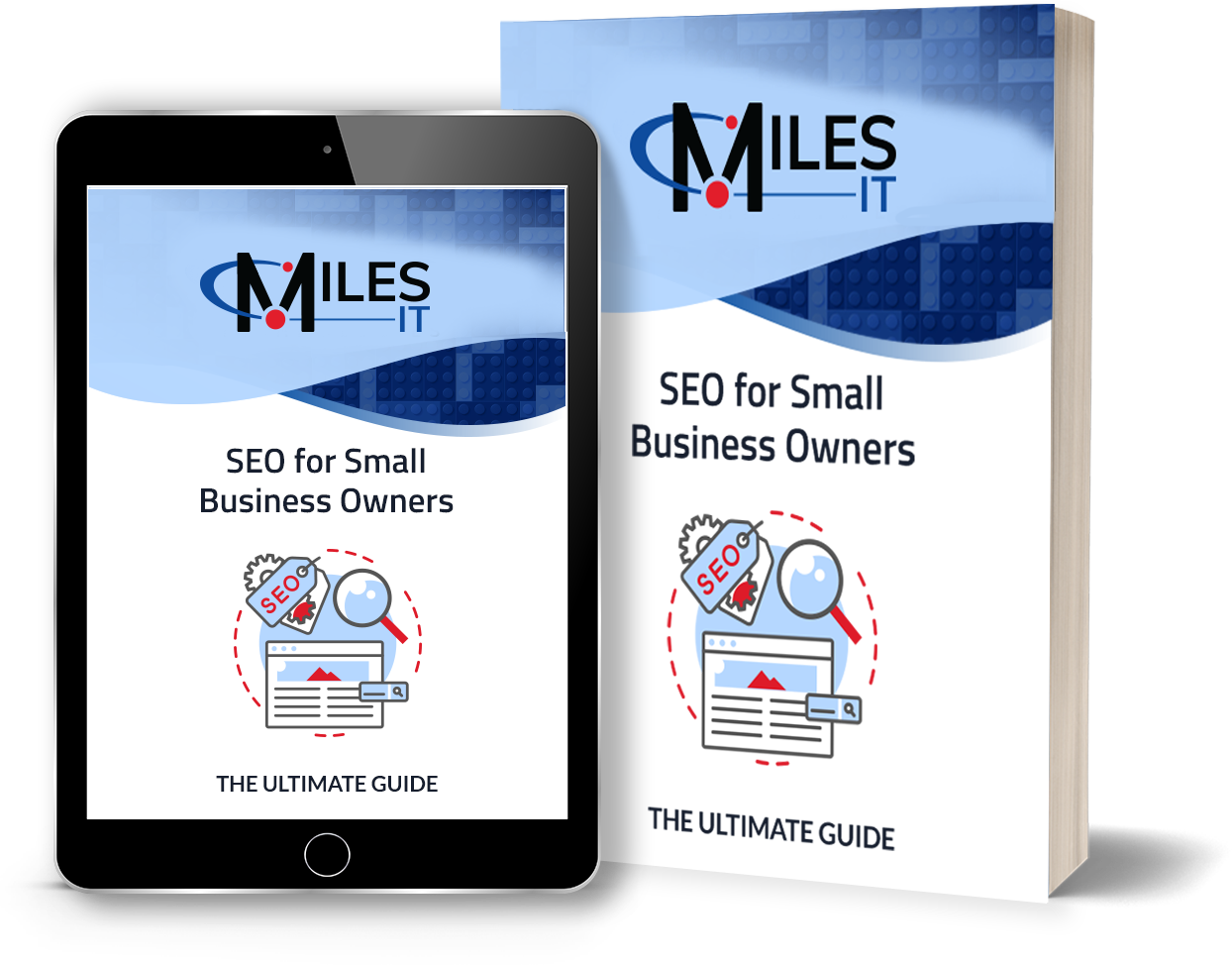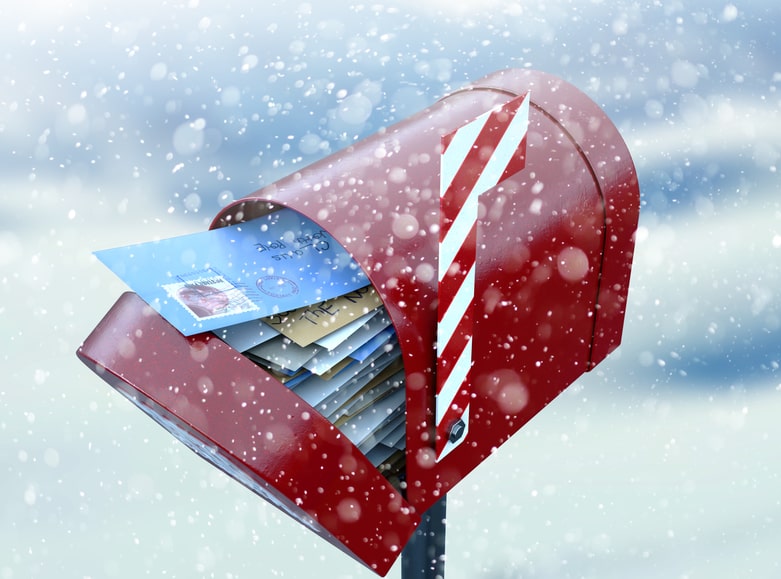It’s Monday morning.
You got your hot cup of coffee, and you are ready to go.
You fire up your email and see seven messages from addresses you do not recognize.
You didn’t order SPAM for breakfast!
You delete the offending emails in short order.
Next, you open up Linkedin and see three new requests—YAY!
But each of them comes with a sales pitch—NO!

Cold contacts through email or services such as Linkedin have become less effective.
Users have gotten savvier at identifying spam, and email filters have gotten “smarter” at blocking cold, unsolicited messages.
Curated email lists, or “Warm contacts,” generate a greater response rate and enhance engagement with prospects and clients alike.
This article aims to examine the different ways of contacting leads and determine the most efficient way to connect with your audience. We will give you some practical ways to create and maintain your prospective customer’s attention, such as creating a compelling cliffhanger to generate curiosity. We put that part at the end, though (See what we did there!)
Let’s get started.
Cold, warm, and hot leads
In terms of sales, a cold lead is one that has never heard of you and who you have no relationship with.
A warm lead has heard of you and may be considering your services.
Get Your Free SEO eBook

The goal of this ebook is to help small business owners learn more about SEO and take advantage of Google to bring in more traffic.
A hot lead is one that has just about settled on choosing your company to do business with.
When thinking about cold leads, I wouldn’t even call them a lead, as it would imply they are interested in your services.
They certainly might be, but if they’ve never interacted with you, they don’t know if they want to buy from you.
This means that the way you approach a cold audience would be different from how you’d approach a hot audience.
If we compared it to dating, cold audiences are like first dates, while hot audiences are someone you’ve gone on at least a few dates with and are more comfortable hanging around.

Is cold email effective
Cold email can be an effective practice of warming up new prospects who have never heard of you, but you must be careful and avoid spamming people.
Plenty of companies purchase lists of thousands of emails and send them an offer to buy their product right away.
After working with many businesses who have tried this approach, I can say that I’ve never seen someone purchase directly from a one-off email sent to a cold list of prospects.
If you think about how you purchase something, would you like a stranger to come up to you and ask you to buy something?
Probably not.
Yet as businesses, we often take the easy road in an attempt to get maximum exposure for our business. But this could also be hurting the bottom line.
A company that might consider purchasing from you in the future might remember that time you spammed them and write you off.
Avoid this at all costs!
Instead, there are better ways to approach cold emailing as a whole.
What should your goals be for cold email?
The first step with any type of marketing initiative is to set goals and create a strategy.
We can’t just start sending random emails to people who might want to buy your product and expect results. We need something to measure.
Goals should be higher funnel activity, like opting into an email list, downloading a content piece like a whitepaper, or more simply, a visit to your website.
We want to use cold email to introduce our brand and get exposure, not generate leads.
If you have website tracking and remarketing in place, then sometimes a website visitor is all you need to get people into your advertisement funnels.
Now when they visit other websites or scroll through Facebook, they will be eligible to see your ads, and you can continue getting additional brand exposure.
I highly recommend ignoring the part where you ask them to buy your product in terms of bottom funnel conversions.
That’s right. I said, ignore the sales part.
Why?
Because you can’t ask someone to marry you on a first date, your close rate would be 0-1%.
Hey, it doesn’t hurt to ask, right?

As someone who looks at analytics and numbers all day, I’d rather try to increase my odds.
If I ask every person I date to marry me, I can be sure to cross them off the list of people who would eventually say yes to marry me a year or more down the line.
In terms of business, that means if you ask too soon, you may be blowing your chance later.
Since people talk, you might be blowing your chance with others as you’re not the “in your face” and “intrusive” company people want to avoid.
How do you send cold emails?
Let’s talk about how to go about sending the actual email.
What you want to think about is the best way to reduce noise.
Avoid too many images
Because you’re already sending an unsolicited email to someone, email spam filters are already on high alert.
Adding images only makes it more likely you will end up in spam.
This is because some email spammers use images to hide their email text. Think text like “Nigerian prince” or “you’ve won the lottery; just send me your bank information.”
Spammers hide text like this in images to try to avoid getting sent to spam right away.
Because spammers have been attempting this for years, most email service providers have a higher likelihood of blocking images in emails in 2020.
Also, some email clients may not display the image at all.
Therefore, if most of your email was an image with text on it, you should opt for putting the content right in the email to avoid this.

That doesn’t mean you should never have images, but if you do, make sure they have alt text that can display in case the image doesn’t show.
You also don’t want to rely on them. Your message should get across even if the image weren’t there to support the text.
Don’t include too many links
For the same reason as images, overdoing it with the links can lead to ending up in the spam portion of your prospect’s inbox.
Include the most relevant links, like a link to your website (be sure to use UTM tracking, of course!), but you don’t need to send five links for your most recent blogs.
Remember, the goal here is to introduce your brand.
What are UTMs?
UTMs are additional queries you add to the end of a URL to make it trackable in Google analytics. You always want to include UTMs for links in emails because Google has a habit of attributing email link clicks to the wrong source. To keep everything in line, always use a builder like this one to add to your emails.
Getting users to click through is hard enough, but you should let your remarketing take over at that point.
Consider a user clicking to your site a win because then they have the chance to opt into your actual email list of warmer prospects.
A/B test your subject lines
Sometimes the subject line just isn’t good enough to warrant an open.
Most email sending providers, like Mailchimp or Active Campaign, allow you to resend the same email to people who did not open your first email.
This means you get a second chance for them to open.
There’s no need to send the same email to those that opened it, instead focus on the people who didn’t take the desired action.
We’ve seen increased open rates on the second email for some of our clients, and this is a great way to maximize that list of 17,000 prospects you purchased.
Send from another domain
The biggest worry that I express to my clients about cold email is that it could harm the domain you’re sending from.
That’s why I always advise setting up a secondary domain and email sending client (Gmail or Office 365) to receive replies. You could always set up forwarding to your primary email, so you don’t have to log into these dummy accounts.
Setting up another domain protects your domain from being blacklisted.
When an email is blacklisted, it means you’ve been added to a list of known IPs that are flagged as spammers. This doesn’t directly hurt any SEO rankings the way you might think of when hearing a domain being blacklisted in Google. Still, it does hurt the deliverability of emails to your customers and other prospects.
If your domain gets flagged, you can forget about sending emails to cold prospects in the future from that domain.
Our approach is to have our IT support division set up the hosting and email configurations for a new domain. Our marketing team then goes to work and sets up the campaign in an email service provider like Mailshake to send from another domain.
If your domain gets blacklisted and you want to continue sending cold email, you just need to restart the process and set up a new domain to send from.
Don’t include personalization
Personalization is when you include things like “Hello John!” in an email. It helps show the user you care by remembering who they are and what they might be interested in.
The issue is it’s creepy when they’ve never heard of you!
My first thought would be, “who told you my name, mysterious company?”
Also, when purchasing lists, sometimes the data is just wrong.
That means that John might actually be a Mary.
I’d sure hate to get my first date’s name wrong right away.

Is it legal to send cold emails?
Cold emailing is legal in the United States, but it might not be forever.
Last year Europe rolled out GDPR to help protect privacy for users.
This doesn’t directly outlaw the use of cold emailing as long as the content is valuable for the user, but who determines that?
Additionally, a variation of GDPR has made its way to California in the past year, so you can be sure that additional privacy will continue to roll out, making cold email less effective and less likely to take place.
Your best bet is to focus on making sure people opt into communications with your company to cover all bases.
When should you send a cold email?
Like sending a regular warm email, cold emails are more effective at certain times of the day or week.
According to a Yesware study, the best times to send cold emails were:
- early mornings (between 6 and 7 a.m.)
- evenings (around 8 p.m.)
During these times, repeated rates were around 45%, which is a very high percentage that all emailers should strive for, cold or hot.
Be transparent
When it comes to a cold email, you already know going in that you’re interrupting someone’s day and soliciting. Let’s not pretend we’re not.
That only means you should be transparent and get to the point.
Think back to your goal. If you’re trying to drive bottom-funnel leads (not advised with cold email!), ask directly by giving your best offer such as “50% off for new customers.”
If you want people to sign up for your email list, give them the way to do it, and provide the value and benefits of following through.
If you’re not transparent with your intentions, your audience won’t know what you’re looking for and will most likely ignore it.
Best cold email software
When it comes to selecting a platform for sending your email out, you need to be mindful of the fact that you’re using a cold list. The most reputable email sending providers will ban your account if they find out you’re sending cold emails.
I’ve personally seen Mailchimp, Hubspot, and SendinBlue ban accounts for this.
The best software we’ve seen for sending cold emails is Mailshake.
It works by connecting to your Gmail or Office 365 account and acts as the sender. That way, you’re essentially sending the email from your inbox, and it reduces the chance of landing in spam.
We’ve seen it work well for cold emails for a few clients.

15% isn’t too bad for a cold email. In this instance, we were able to send a follow-up email with the same content but a different subject line to get an additional 5% open rate on top of our 15% from the first email.
Your Turn
If you’re dead set on sending cold emails in 2020 and beyond, I hope these best practices help guide your efforts.
While we believe there are better email marketing approaches than cold email, it can work if you have something great to offer.
We’ve helped clients on our end achieve success with cold emailing.
So, are you going to give cold email a try?


